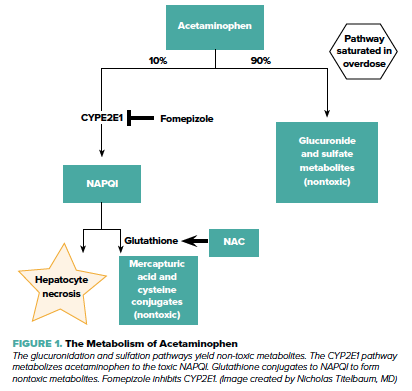Browsing: Clinical





COVID-19
,
Workplace
,
Administration & Operations
,
Health Care Administration
,
Career Planning
The COVID-19 pandemic, which took a toll on the lives of patients served by the emergency department, also dramatically altered the transition process and job search timeline for emergency medicine re
Addressing an Uncertain Future: Targeted Programming to Prepare Emergency Medicine Residents to Enter the Workforce Amid a Pandemic
12/12/2021 Miriam Bukhsh, MD , Nicholas Stark, MD, MBA , Nicholas Cozzi, MD, MBA , Kirstin Woody Scott, MD, MPhil, PhD , Phillip Tseng, MD, MBA, MEd , Jared Ditkowsky, MD , Ynhi Thomas, MD, MPH, MSc






